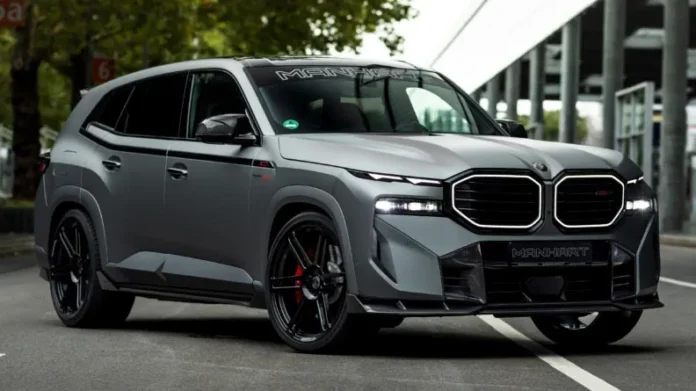Introduction to Hypercar Engineering
When discussing the engineering of hypercars, one might envision a straightforward process. Using basic principles, one could think that bolting a powerful engine into a go-kart-like structure, adding some sophisticated dampers, and equipping it with a steering wheel and seats should suffice for achieving incredible speeds. However, the reality of designing a hypercar, as illustrated by the Bugatti Tourbillon, is far more complex.

The Evolution from Veyron to Tourbillon
Despite its impressive performance over two decades, the platforms underlying both the Bugatti Veyron and Chiron were dated and flawed. Referred to as having ‘arthritis,’ these architectures were ineffective in meeting the demands of modern speed enthusiasts. To stay competitive in a market where speed is paramount, Bugatti needed to innovate. The result was a completely new platform for the Tourbillon, one that could harness state-of-the-art engineering to push beyond the limits of previous models.
Innovative Power and Cooling Requirements
The Tourbillon showcases significant advancements, particularly with its powertrain configuration. It features a V16 engine complemented by three electric motors, generating formidable force. To manage this power effectively, the vehicle is equipped with eight radiators. Five of these are strategically placed at the front; two serve the engine, while the other three facilitate cabin air intake and cooling for the electrical components. This meticulous attention to cooling reflects the sophisticated engineering necessary for maintaining optimal performance in a hypercar.




